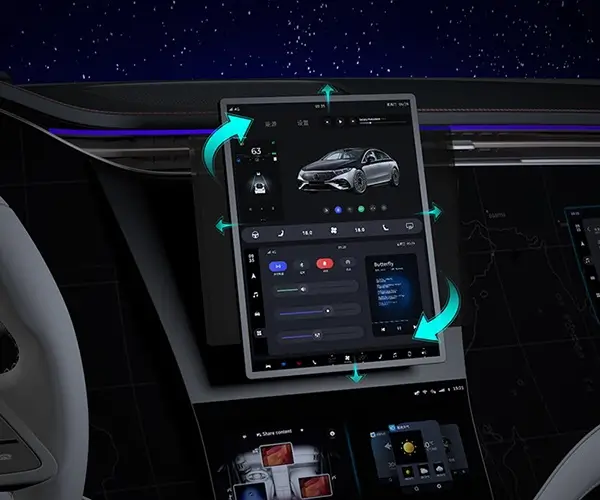Imagine you're in the workshop, holding a drill, and suddenly pondering: "Should I go brushless or stick with brushed?" It’s like standing between a reliable old friend and a shiny new toy. Both have their charm, but which one truly gets the job done better?

Let’s start with brushed motors. They've been around forever, like that reliable classic car. They work well enough for casual projects, easy to maintain, and cost less upfront. The design is straightforward; a carbon brush makes contact with a commutator, energizing the motor. It’s simple, effective, and doesn’t require a lot of fuss. Plus, when a brushed motor heats up, it’s relatively easy to tweak or replace parts.
Now, flip the coin and look at brushless motors. Holy smokes, these are the tech-savvy cousins. Inside, there's no physical contact — instead, electronic controllers manage the magnetic fields. That means less wear and tear, longer lifespan, and a lot more efficiency. Ever noticed how electric cars last years longer than traditional engines? That's partly thanks to brushless technology. They tend to run cooler, generate more power per size, and offer smoother operation.
But wait, one might ask, “Is that extra efficiency worth the higher price tag?” Depends on what you’re after. For heavy-duty tasks or prolonged use, brushless ain’t just a snob; it’s a game changer. It’s perfect if you’re into precision work, or if you want a tool that doesn't need constant attention. Brushed motors, on the other hand, shine in quick jobs or budget-friendly setups where simplicity wins.
Consider the heat factor. During intensive use, brushed motors might get hotter faster because of brush friction. Brushless motors stay cooler, which means less maintenance and fewer worries about overheating. That’s why for high-performance applications, brushless seems to have the edge. They also tend to be more energy-efficient, translating into longer battery life — a big deal if you're working remotely or on the go.
And yes, noise levels matter. Brushless motors run more quietly, making your work less annoying—and less distracting. For DIY projects at home or in noise-sensitive environments, that’s a big win.
So, the question isn’t just “which is better?” but rather “which one fits your needs?” Want something quick, cheap, and easy? Brushed might be your friend. Want longevity, efficiency, and smooth performance? Brushless could be your best bet.
All in all, picking between brushed and brushless motors is like choosing between practicality and performance. Some swear by the classics, while others bet on innovation. At the end of the day, it’s about knowing what your project demands and what kind of experience you want. Why not ask yourself—are you chasing affordability or aiming for the top-tier in power and durability? Either way, knowing the differences helps you make smarter choices.
Established in 2005, Kpower has been dedicated to a professional compact motion unit manufacturer, headquartered in Dongguan, Guangdong Province, China.




































